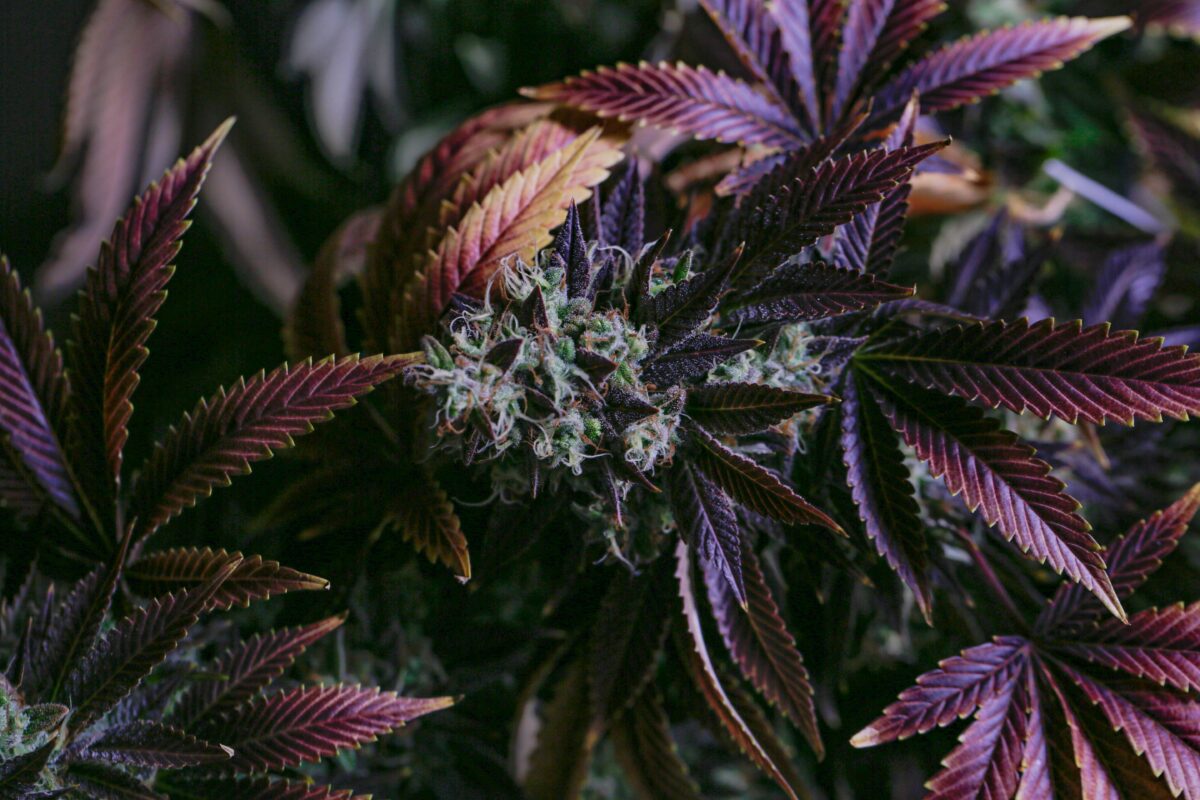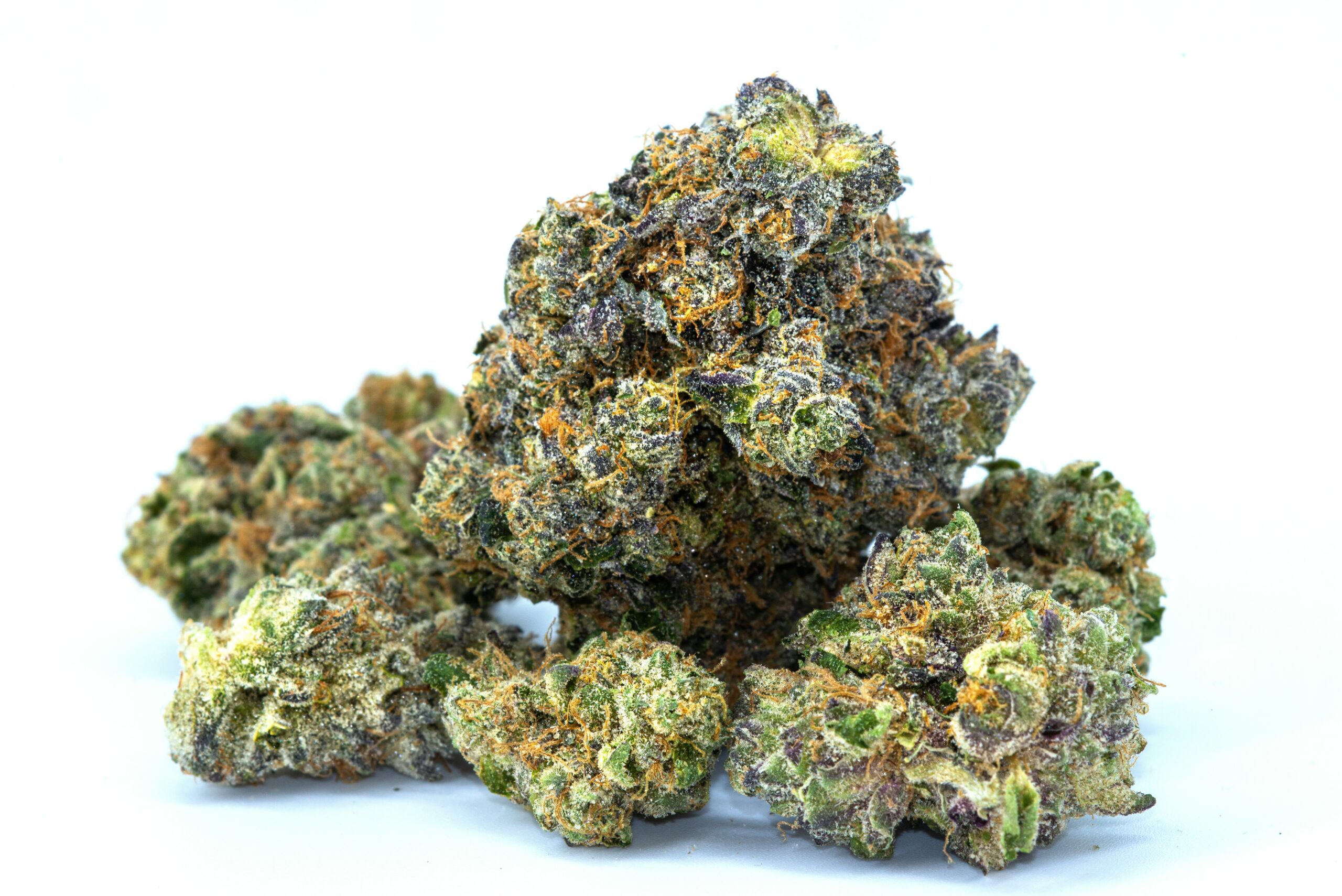The History of 420
For cannabis enthusiasts around the world, “420” holds a special significance as a symbol of camaraderie, celebration, and counterculture. It has become nearly synonymous with cannabis usable and cannabis culture and is the inspiration for industry’s largest holiday.
However, some may be unaware of the history of 420 and its place in the culture. So, in honor of our highest holiday, here is a brief history of 420.
Origins of 420
There are many stories and theories about where the term 420 came from. Some people claim that it’s a reference to a Bob Dylan song “Rainy Day Women No. 12 & 35”, with 12 times 35 equaling 420. Others say that it refers to an old police code for marijuana possession
However, one of the most enduring origin stories of 420 and the one that is most accepted as truth, traces back to a group of high school students in San Rafael, California, who called themselves the “Waldos.”
The story goes that in the early 1970s, the Waldos would meet at 4:20 pm after school to search for a supposedly abandoned cannabis crop that was rumored to be hidden in the nearby Point Reyes Peninsula. They used “420” as a code word to refer to their plans to meet and search for the elusive stash.

Some version of the story say that was not search for a secret farm and that 4:20 pm was just the time that they could all get together and smoke
Regardless of the specifics of their meeting, the term “420” stuck among the Waldos and their friends, eventually spreading throughout the cannabis community.
The Spread of 420
As the phrase spread amongst the community at the Waldos school, it also began to spread to the cannabis community at large, in part because of the Grateful Dead.
In an interview with TIME, one of the Waldos, Dave Reddix, talked about how his older brother got him a gig as a roadie with the Grateful Dead and so they began hanging out with the band and their groupies. Allegedly, that phrase began to catch on within Deadheads circles and eventually spread to other parts of the community.

The Grateful Dead have long been associated with cannabis and cannabis culture so it’s no surprise that this term spread through their circles to the larger cannabis community.
420 as we know it now
Over time, 420 evolved from a local code word into a global phenomenon celebrated by cannabis enthusiasts around the world. April 20th has become more than just a day to smoke a lot of weed, it’s become a day of cannabis activism, advocacy, and celebration, with events, festivals, and gatherings held in cities worldwide.
From peaceful protests for cannabis legalization to music concerts and cannabis-themed parties, 420 has become a day to honor and appreciate cannabis in all its forms.
Beyond its association with cannabis, 420 has also become a symbol of unity and solidarity within the cannabis community. For many, 420 is not just a date on the calendar but a cultural movement that transcends borders and brings people together in the spirit of cannabis appreciation.

The history and culture of 420 are deeply intertwined with the rich tapestry of cannabis lore and legend. From its humble origins as a code among high school friends to its status as a global celebration of cannabis culture, 420 has left an indelible mark on the cannabis community.
We at NatureMed are excited to be celebrating 420 right along with you. We have great deals, vendor visits, giveaways and a whole lot more. You can even get the chance to win free weed for a year! Check out our site for more details on all of our 420 celebrations.
See our online menu to see everything we have to offer and check our specials page to see all the ways you can save.








